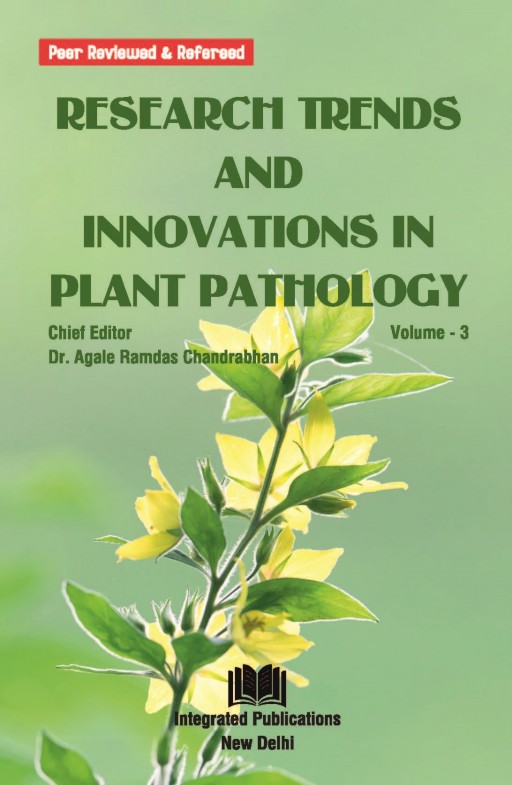Genetic Engineering in Medicinal and Aromatic Plants


Medicinal and aromatic plants (MAPs) are rich in plant secondary metabolites whose varied biological activities have diverse applications. Genetic engineering offers avenues to overcome the limitations faced in obtaining secondary metabolites through cultivation of MAPs or chemical synthesis. Genetic transformation protocols have been standardized in many MAPs and increased production of target compounds has been achieved through genetically transformed hairy root cultures and pathway engineering in important medicinal crops such as Atropa belladonna, Artemisia annua, Panax ginseng, Papaver somniferum, Dioscorea sp., etc. Enhancing secondary metabolite production has been achieved through different strategies, such as overcoming rate-limiting steps, reducing flux through competitive pathways, reducing catabolism and overexpression of regulatory genes. Significant advances have also been made through metabolic engineering and RNAi technology. The lack of information on genomes, biosynthetic pathways, encoding genes, and transcription factors is a major drawback for the application of biotechnological tools. A multidisciplinary approach involving conventional breeding, genetic and metabolic engineering with the integration of knowledge generated through omics will go a long way in enhancing production of targeted metabolites for commercial applications.